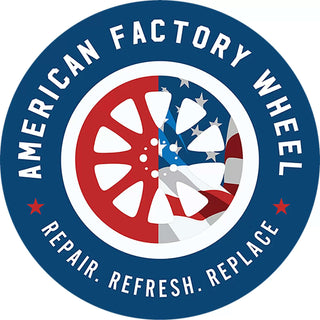-
Product description
AFWUVO510818MB30-0199
Product Type : Wheel/Rim (Single)
Interchange Number: 70339
Year Make Model
VOLVO 30-SERIES 2007-2013
VOLVO 40-SERIES 2007-2013
VOLVO 50-SERIES 2007-2013
VOLVO 70-SERIES 2007-2013
VOLVO C30 2007-2013
VOLVO C70 2007-2013
Fitment: Front or Rear
Material: Alloy
Style: 5 Spoke
Finish: Machined Bluish Charcoal
Size: 18x8
Bolt Pattern: 5x4.25 inch 5x108 mm
Offset: 45mm
Indents: 31290414 31359446 30760138 30760052 31341699
OE Part Number: 313594467 307601385 307600528
Notes: Caps Not Included
Product description
Product Type : Wheel/Rim (Single)
Interchange Number: 70339
Year Make Model
VOLVO 30-SERIES 2007-2013
VOLVO 40-SERIES 2007-2013
VOLVO 50-SERIES 2007-2013
VOLVO 70-SERIES 2007-2013
VOLVO C30 2007-2013
VOLVO C70 2007-2013
Fitment: Front or Rear
Material: Alloy
Style: 5 Spoke
Finish: Machined Bluish Charcoal
Size: 18x8
Bolt Pattern: 5x4.25 inch 5x108 mm
Offset: 45mm
Indents: 31290414 31359446 30760138 30760052 31341699
OE Part Number: 313594467 307601385 307600528
Notes: Caps Not Included
What's The diference Between a Wheel and a Rim?
The terms "rim" and "wheel" are often used interchangeably because, in most contexts, they appear to refer to the same thing—the circular metal component of a vehicle that holds and secures the tire. However, while they are closely related, there are subtle distinctions between the two.
A rim specifically refers to the outer edge of the wheel where the tire sits. It plays a crucial role in sealing the tire bead, ensuring a secure fit, and maintaining proper air pressure. The rim's design can influence the tire's performance, affecting aspects like handling and ride quality.
On the other hand, the wheel encompasses the entire structure, including the rim, spokes, hub, and any other supporting parts. This complete assembly connects to the vehicle’s axle, transmitting power from the drivetrain to the road surface, enabling movement and steering.
In automotive conversations, many people refer to "wheels" when discussing aesthetic upgrades or performance enhancements, while "rims" are often highlighted in contexts involving tire fitting or design modifications. For example, custom rims can add a sleek, personalized look to a vehicle, but upgrading the entire wheel can improve durability, load capacity, and overall driving dynamics.
The confusion between these terms often stems from industry jargon and regional variations. However, whether you're shopping for new wheels or looking to replace your rims, it's essential to know that both terms generally point to the metal assembly that supports and secures the tire, ensuring a smooth and controlled ride.

